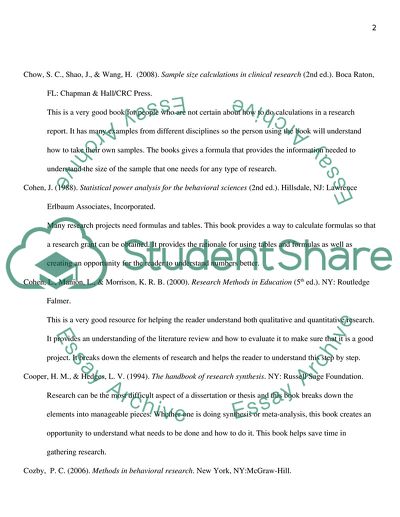Cite this document
(The Utility of the Forensic Sciences within the United States Military Annotated Bibliography - 2, n.d.)
The Utility of the Forensic Sciences within the United States Military Annotated Bibliography - 2. Retrieved from https://studentshare.org/military/1729271-annotated-bibliography
The Utility of the Forensic Sciences within the United States Military Annotated Bibliography - 2. Retrieved from https://studentshare.org/military/1729271-annotated-bibliography
(The Utility of the Forensic Sciences Within the United States Military Annotated Bibliography - 2)
The Utility of the Forensic Sciences Within the United States Military Annotated Bibliography - 2. https://studentshare.org/military/1729271-annotated-bibliography.
The Utility of the Forensic Sciences Within the United States Military Annotated Bibliography - 2. https://studentshare.org/military/1729271-annotated-bibliography.
“The Utility of the Forensic Sciences Within the United States Military Annotated Bibliography - 2”, n.d. https://studentshare.org/military/1729271-annotated-bibliography.


